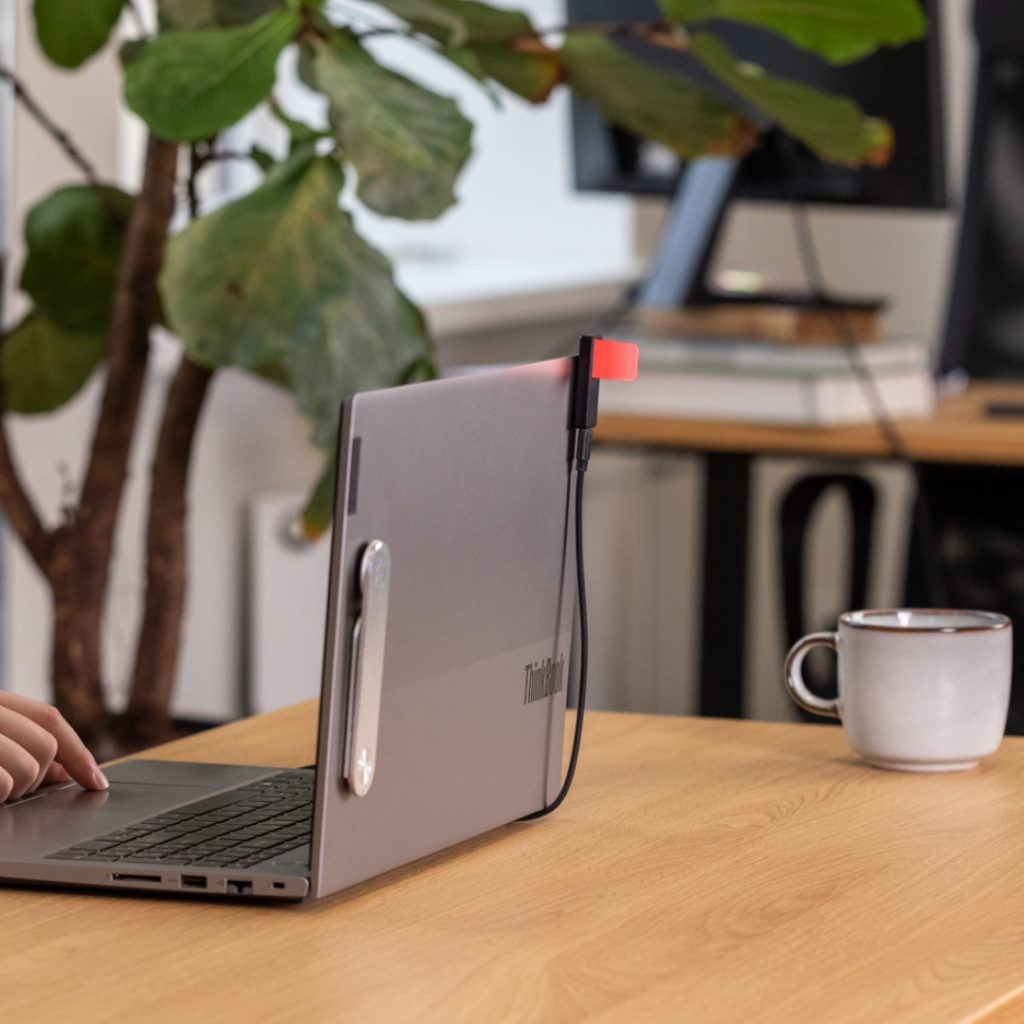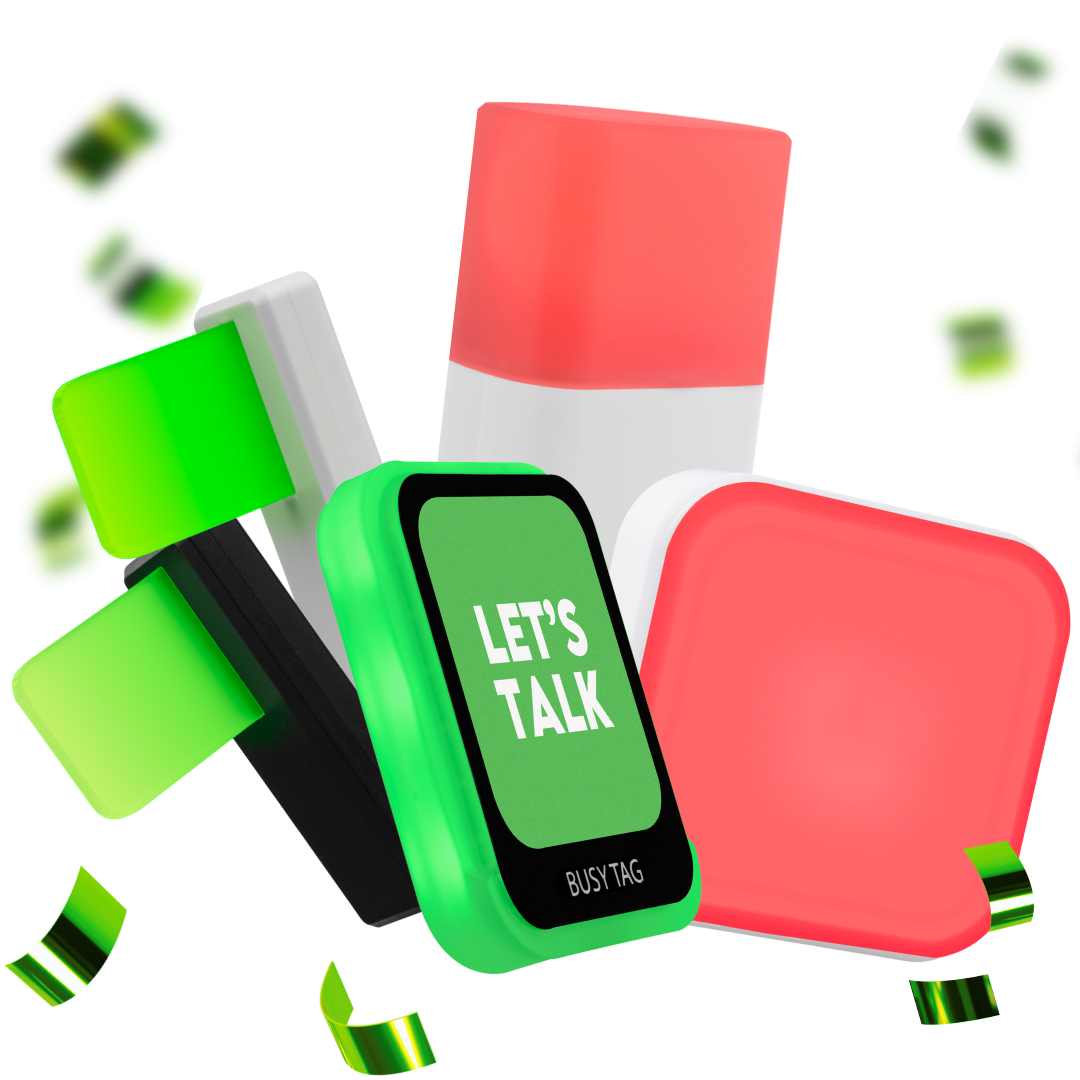Top Focus Techniques That Actually Work for Remote Teams in 2025
Many managers now have to manage remote teams since Focus Techniques are here to stay. Nevertheless, it takes time, expertise, and practice to become proficient at managing remote and hybrid talent.
In today's workforce, executives who can effectively manage remote teams will have an advantage. They will be more capable of:
- Improve business results
- Increase output
- Reach business objectives
- Boost the retention of the team
It's challenging to manage distant workers. Our goal is to assist you in becoming a proficient virtual manager. Let's start by discussing the difficulties. We'll then go over best practices and advice.
Key Focus Challenges Faced by Distributed and Remote Teams
It's common knowledge that leading remote teams can be challenging. It might be challenging to get the best work out of folks you don't often see and may have never met. Here are some of the difficulties you will inevitably encounter, regardless of how experienced you are in managing remote team members:
Burnout
Anyone can experience burnout, but remote workers are slightly more vulnerable. They may easily remain "on" all day and never get a real break if there aren't defined rules of engagement and guidelines for remote work. Because they lack a distinct boundary between business and personal life, they might log in early, work all day, and respond to emails in the evening.
Distress
Email and Slack communications aren't always as clear as you might believe. Not everyone has the confidence to raise their hand when they have a question, and remote workers may easily become perplexed by procedures and expectations.
Research-Based Methods to Improve Concentration: Time Blocking, Digital Detox, and Environmental Controls
The main goals of Focus Techniques are to increase focus and productivity and to assist you in getting better outcomes. The ultimate objective is to provide a physical and mental environment that allows you to work uninterrupted. This is about making sure that the quality of your production improves as well as getting more done.
Time Blocking
One effective tactic is time blocking, which involves setting aside particular times of the day for various tasks. You reduce the likelihood of interruptions by allocating unbroken time for every task. If a meeting was set for 10 to 11 a.m., you wouldn’t allow anything to divert your attention from being there. You may improve your focus and drastically cut down on distractions by implementing this idea into all of your duties.
Digital Detox
Clutter isn’t simply physical in our digital world; it’s also digital. Reducing superfluous digital clutter is encouraged by digital minimalism. This can entail restricting social media use, unsubscribing from newsletters, or even removing pointless apps. Simplifying your digital environment will help you focus on the current tasks.
Environment Control
Your physical surroundings have a big impact on your concentration. Distractions can be significantly decreased by creating a comfortable working environment. This could entail wearing noise-canceling headphones, making sure your office is well-lit, or even clearing out clutter. Having a neat desk will help you have a neat mind, which will help you focus on the things that really count.
Implementing Team-Wide Focus Hours to Encourage Synchronous Productivity
Timed work sessions are planned times when staff members concentrate uninterrupted on particular activities. Although the duration of these sessions can vary, they usually last between 25 and 90 minutes, with brief pauses in between. The main goal is to instill attention and a sense of urgency so that team members can finish assignments quickly.
To implement the timed work model, follow:
- Introduce structured focus sessions: Thoughtful ways to bring the Pomodoro method into your team’s daily rhythm.
- Evaluate current productivity patterns: Start by examining how your team currently works and where focus tends to fall apart.
- Define and set up work intervals: Establish the length of focus blocks and breaks, and ensure the plan is communicated clearly.
- Prepare your team for the shift: Offer training and time management strategies to help everyone adjust confidently.
- Maintain balance and prevent burnout: Support well-being by reinforcing breaks, checking in regularly, and staying flexible
Furthermore, a measurement mechanism must be put in place to assess the effectiveness of timed work sessions. This will assist you in examining how team relations and productivity have changed over time.
Busy Tag: Stay focused and avoid distractions
Building Shared Productivity Rituals for Consistency and Accountability
Focus Techniques known as productivity rituals aid in getting the body and mind ready for work, concentration, or creativity. Rituals are more intentional and purposeful than habits, which are frequently involuntary activities. They entail a sequence of behaviors that indicate a shift into a productive state.
A typical productivity ritual could consist of the following, for instance:
- Journaling in the morning: Contemplating the day’s objectives.
- Meditation: Calming the mind before beginning work.
- Exercise or stretching: Getting the body moving and getting ready for the day.
These exercises assist you in mentally getting ready for the activities at hand and creating a happy atmosphere.
Don’t be afraid to experiment with different routines to see what suits you best. Being adaptable and allowing yourself to change is crucial. For example, if you’re not a morning person, you might benefit more from a concentrated reading session. The secret is to try different things and see which methods make you more productive.
Addressing Distractions with Clear Communication and Noise Management Strategies
The revolutionary USB-powered LED indicator Luxafor Flag is designed to help professionals refocus while discreetly displaying their availability. Luxafor uses simple color-coded signals (red for “do not disturb” and green for “available”) to create clear boundaries, limit distractions, and promote focused work. Whether you’re working in an open office, managing hybrid teams, or working remotely, this software helps you manage your time and concentration.
Because Luxafor integrates with popular platforms like Google Calendar, Microsoft Teams, and Zapier, there is no need to manually toggle anything. You may also personalize it by synchronizing it with concentration applications, setting timers, or even creating alerts for important tasks.
LUXAFOR HELPS PEOPLE TO ACHIEVE THEIR GREATEST PRODUCTIVITY LEVELS WITH A WIDE VARIETY OF OFFICE PRODUCTS. LET’S BE PRODUCTIVE TOGETHER!
Show your colleagues when you're busy!
Top Focus Techniques That Actually Work for Remote Teams in 2025
Tags
Archives
- November 2025
- October 2025
- September 2025
- August 2025
- July 2025
- June 2025
- May 2025
- February 2025
- January 2025
- December 2024
- November 2024
- October 2024
- September 2024
- August 2024
- July 2024
- June 2024
- May 2024
- April 2024
- March 2024
- February 2024
- January 2024
- December 2023
- November 2023
- October 2023
- September 2023
- August 2023
- July 2023
- June 2023
- May 2023
- April 2023
- March 2023
- February 2023
- January 2023
- December 2022
- November 2022
- October 2022
- September 2022
- August 2022
- July 2022
- June 2022
- May 2022
- April 2022
- March 2022
- February 2022
- January 2022
- December 2021
- November 2021
- October 2021
- September 2021
- August 2021
- July 2021
- June 2021
- May 2021
- April 2021
- March 2021
- February 2021
- January 2021
- December 2020
- November 2020
- October 2020
- September 2020
- August 2020
- July 2020
- June 2020
- May 2020
- April 2020
- March 2020
- December 2019
- November 2019
- October 2019
- September 2019
- August 2019
- July 2019
- April 2019
- March 2019
- January 2019
- December 2018
- November 2018
- October 2018
- September 2018
- August 2018
- July 2018
- June 2018
- August 2017
- May 2017
- April 2017
- February 2017
- January 2017
- November 2016
- October 2016
- September 2016
- August 2016
- July 2016
- June 2016
- May 2016
- April 2016
- March 2016
- February 2016
- January 2016
About Luxafor
Our Office
- Legal information:
-
Company name: Greynut LTD
VAT number: LV40103684124
Legal address: Ropažu str. 16B - 41, Riga, Latvia, LV-1039 - HQ and warehouse:
- Biķernieku iela 1A
- Riga, Latvia, LV-1039
- Tech support: support@luxafor.com
- For guest blogs and link insertions: SEO@luxafor.com
- +371-277-555-44 (GMT+2)
- +1-917-730-2079 (GMT+2)















